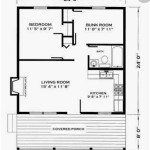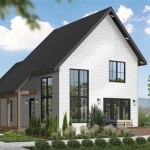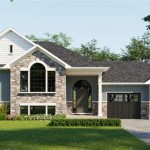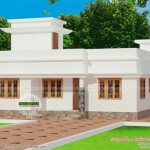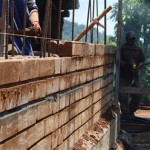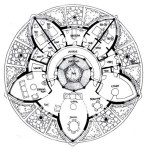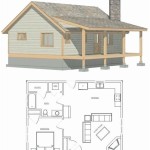Building a Plank House: A Comprehensive Guide
Plank houses represent a historical building technique with ongoing relevance in modern construction. Offering a blend of durability, aesthetic appeal, and sustainable practices, they present a unique approach to home building. This article explores the process of constructing a plank house, from material selection and foundation preparation to wall assembly and roofing.
Material Selection and Preparation
Choosing the right wood species is paramount for a durable and long-lasting plank house. Dense, rot-resistant woods like cedar, redwood, or cypress are ideal choices. Proper seasoning of the planks is crucial to minimize shrinkage and warping after construction. The planks should be air-dried or kiln-dried to achieve the optimal moisture content. Pre-treating the wood with preservatives can further enhance its resistance to insects and decay.
Foundation and Base Construction
A sturdy foundation is essential for any structure, and plank houses are no exception. The foundation type depends on the size of the house and the soil conditions. Common options include concrete slab, pier and beam, or crawlspace foundations. Once the foundation is complete, a base frame is constructed. This frame serves as the anchor point for the planks and provides a level surface for wall assembly.
Wall Assembly Techniques
Several methods exist for assembling the plank walls. The most common technique involves vertically stacking planks and securing them to the base frame and to each other. Grooves and tongues can be cut into the planks to create a tighter, more weather-resistant seal. Alternatively, planks can be placed horizontally and overlapped, similar to shiplap siding. Metal fasteners, such as nails or screws, are used to secure the planks, ensuring structural integrity.
Roofing and Weatherproofing
The roof structure for a plank house can be framed using traditional timber framing techniques. Roofing materials can vary depending on the desired aesthetic and climate. Options include metal roofing, shingles, or even thatched roofing for a more traditional look. Proper weatherproofing is crucial to protect the plank walls from moisture damage. This can be achieved through the application of sealants, paints, or stains.
Insulation and Interior Finishing
Insulating a plank house is essential for energy efficiency and comfort. Various insulation materials can be used, including fiberglass batts, spray foam insulation, or rigid foam boards. The interior finish can be customized to suit individual preferences. Exposed plank walls create a rustic and natural aesthetic, while drywall or other wall coverings can provide a more conventional look.
Doors and Windows
Integrating doors and windows into a plank house requires careful planning and precise cuts. The frames for doors and windows need to be securely anchored to the plank walls to ensure a weathertight seal. Consider using high-quality weatherstripping to minimize drafts and energy loss. The style of doors and windows can be chosen to complement the overall design of the house.
Maintenance and Longevity
Regular maintenance is essential for preserving the longevity of a plank house. This includes inspecting the walls for signs of damage, reapplying sealants or paints as needed, and ensuring proper ventilation to prevent moisture buildup. With proper care, a well-constructed plank house can last for generations, offering a sustainable and aesthetically pleasing dwelling.
Modern Adaptations and Variations
While traditional plank houses often rely on simple construction methods, modern adaptations incorporate contemporary building techniques and materials. The use of engineered wood products, for instance, can enhance structural integrity and dimensional stability. Combining plank construction with other building materials, such as concrete or steel, offers greater design flexibility and creates unique architectural styles.
Planning and Design Considerations
Careful planning and design are crucial for a successful plank house project. Factors to consider include the size and layout of the house, the local climate, and the available budget. Consulting with experienced builders and architects can help ensure that the design is structurally sound and meets all building codes and regulations. Proper site preparation, including grading and drainage, is also essential for a stable and long-lasting structure.

Plank House Wikipedia

Let S Draw A Pacific North West Plank House

Plank House Structure Described In The Ethnographic And Historical Scientific Diagram

Chinookan Plank Houses Native American Domestic Architecture Culture

Je 2grade Na Plank House Native American Houses Home Projects

Building A Native American Plank House Houses Frame Plans Asian

How To Make A Wood Block House Using Scrap Roost Re

How To Make The Cutest Outdoor Cedar Playhouse

Five Interconnected Spaces Make Up This Wood Covered Villa

How To Build A Simple Dog House Diy Instructions

